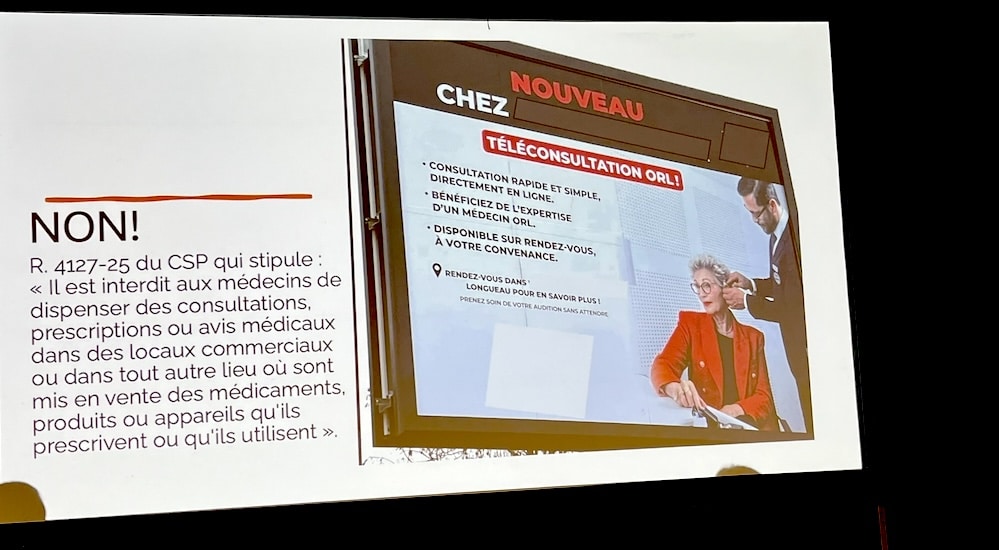Hearing impairment rates may be decreasing among young people
Prevention
A new epidemiological data analysis has found that hearing impairment rates among teens in the United States have decreased since a peak in hearing loss was reported a decade ago, according to a study featured in the New York Times.

The authors of the study examined data from a nationally representative sample of thousands of US youngsters aged 12 to 19 years over more than two decades (National Health and Nutrition Examination Survey (NHANES). The study results were recently published in the journal JAMA Otolaryngology Head & Neck Surgery.
Factors such as hearing-related behaviors and risk factors including history of ear infections, noise exposures, firearm use, and hearing protection use were assessed in the study, with data from 7,036 survey participants. Results of the study show that the rate of moderate hearing loss increased to 22.5% in 2007–2008, up from 17% during the period from 1988–1994. However, it dropped to 15.2% in the most recent study period, i.e. 2009–2010. The authors conclude that the analysis did not identify significant changes (overall secular trend) in the prevalence of hearing loss in the study population over the studied time period, despite increases in reported noise exposure.
The unexpected results were welcomed as “great news” by the study author, Dr. Dylan Chan, an assistant professor at the University of California, San Francisco. However, Chan added “I hope people don’t take this as an excuse to say noise-induced hearing loss is not a problem, so we can go back to listening to headphones at full volume.”
Source: The New York Times; Su BM, Chan DK. Prevalence of Hearing Loss in US Children and Adolescents: Findings From NHANES 1988-2010. JAMA Otolaryngology Head Neck Surgery. 2017 Jul 27.
 Sign in
Sign in

